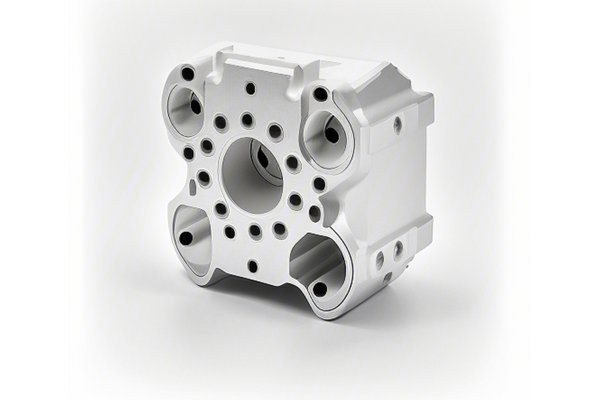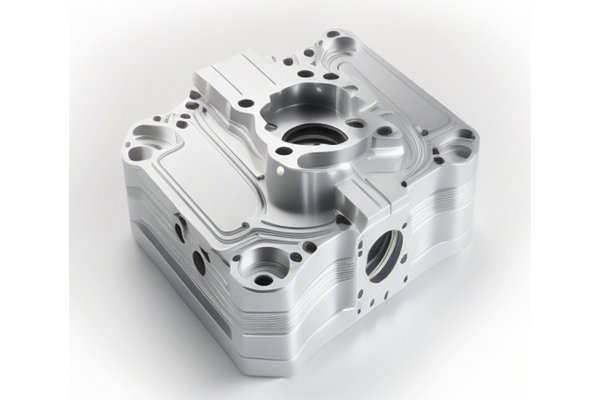Opening
Did you know that aluminum is one of the most widely used metals in the world, especially in industries like aerospace, automotive, and electronics? According to the Aluminum Association, over 5.4 million metric tons of aluminum are consumed globally each year, illustrating the metal’s significance in modern manufacturing. One of the most commonly discussed alloys within this category is the 6000 series aluminum, particularly 6061 and
Understanding Aluminum Alloys: 6061 vs. 6063
Aluminum alloys are categorized mainly based on their constituent elements. Both 6061 and 6063 belong to the 6000 series, which are primarily alloyed with magnesium and silicon. However, several distinct features differentiate the two alloys.
6061 Aluminum
6061 aluminum is known for its excellent mechanical properties and versatility. It is characterized by high strength, good corrosion resistance, and ability to weld. Due to these qualities, 6061 is suitable for a variety of high-stress applications, including aerospace components, automotive frames, and marine structures.
6063 Aluminum
On the other hand, 6063 aluminum is often described as an architectural alloy. It has excellent extrudability, making it suitable for creating complex shapes and profiles. While its strength is slightly less than that of 6061, 6063 provides much improved aesthetics and surface finish compared to its counterpart, making it the preferred choice in architectural applications like window frames, door frames, and railings.
The CNC Machining Process: Effects and Differences
When it comes to CNC turning, the selection of materials plays a crucial role in determining the quality and efficiency of machined parts. Various factors come into play during the machining of 6061 and 6063 aluminum alloys, including cutting speeds, feed rates, tooling selection, and even post-machining treatments.
Tooling and Cutting Techniques
Utilizing the appropriate tooling and cutting techniques is paramount for achieving optimal results in CNC machining.
The high strength of 6061 aluminum can lead to higher tool wear rates during machining. Therefore, carbide tools are often recommended for cutting this alloy. Additionally, given its moderate machinability, a slightly lower cutting speed is generally prescribed to achieve better results without compromising the tool’s lifespan.
In contrast, 6063 aluminum, being softer and easier to machine, allows the use of higher cutting speeds. Tools made from HSS (high-speed steel) can be employed with 6063, resulting in lower tool wear. When it comes to surface finishes, 6063 provides a finer finish due to its exceptional extrudability, whereas 6061 may require additional finishing processes.
Machining Challenges
When CNC turning 6061 and 6063, different challenges may arise.
For 6061 Aluminum

For 6063 Aluminum
Optimization Strategies
To maximize efficiency and effectiveness during the CNC turning of 6061 and 6063 aluminum, several optimization strategies can be employed.
Understanding the differences between 6061 and 6063 aluminum in CNC turning is essential for engineers, machinists, and manufacturers alike. Each alloy has its unique set of characteristics that influence machining strategies, tooling choices, and applications.
6061 is well-suited for high-strength applications but requires careful tooling considerations to prevent galling and warpage. In contrast, 6063 shines in architectural applications where aesthetics and ease of machining are paramount. By applying the right set of strategies tailored to each alloy’s unique properties, significant improvements in machining efficiency and part quality can be achieved.
In a world where manufacturing precision and efficiency are paramount, understanding these nuances can lead to better material selection, improved tools and techniques, and finally, enhanced end products. As industries continue to evolve and technological advancements shape the landscape, staying informed about such critical details will become increasingly important for success in CNC machining.






